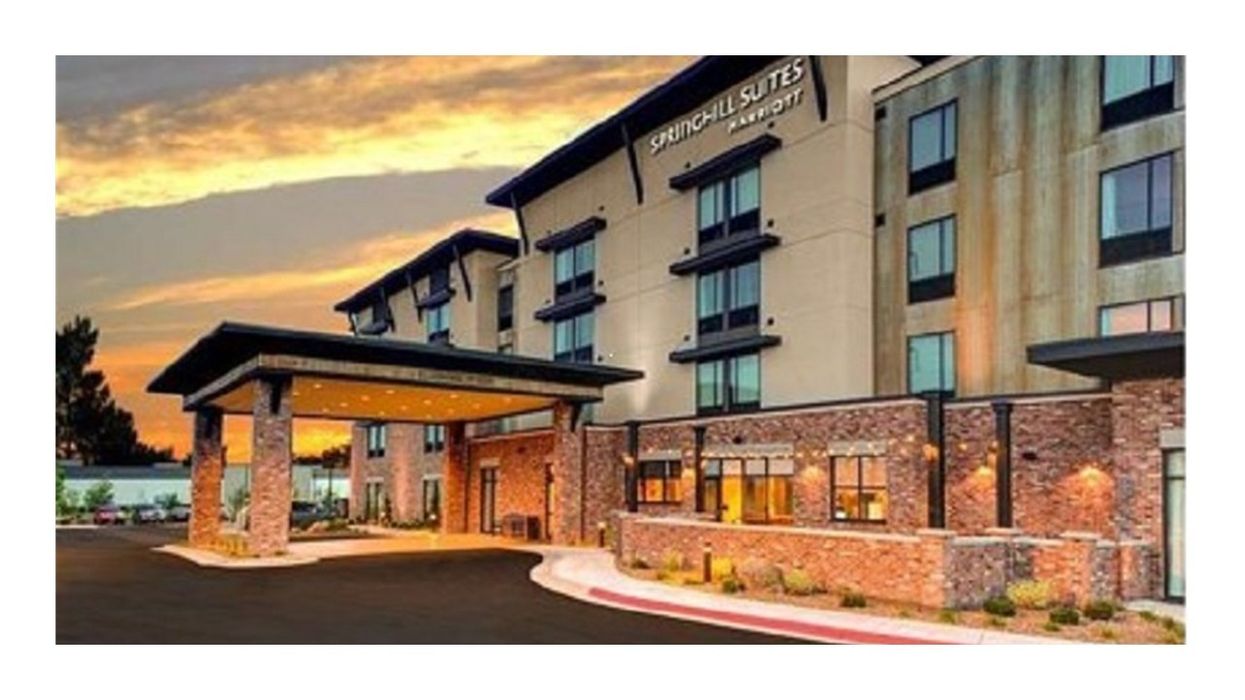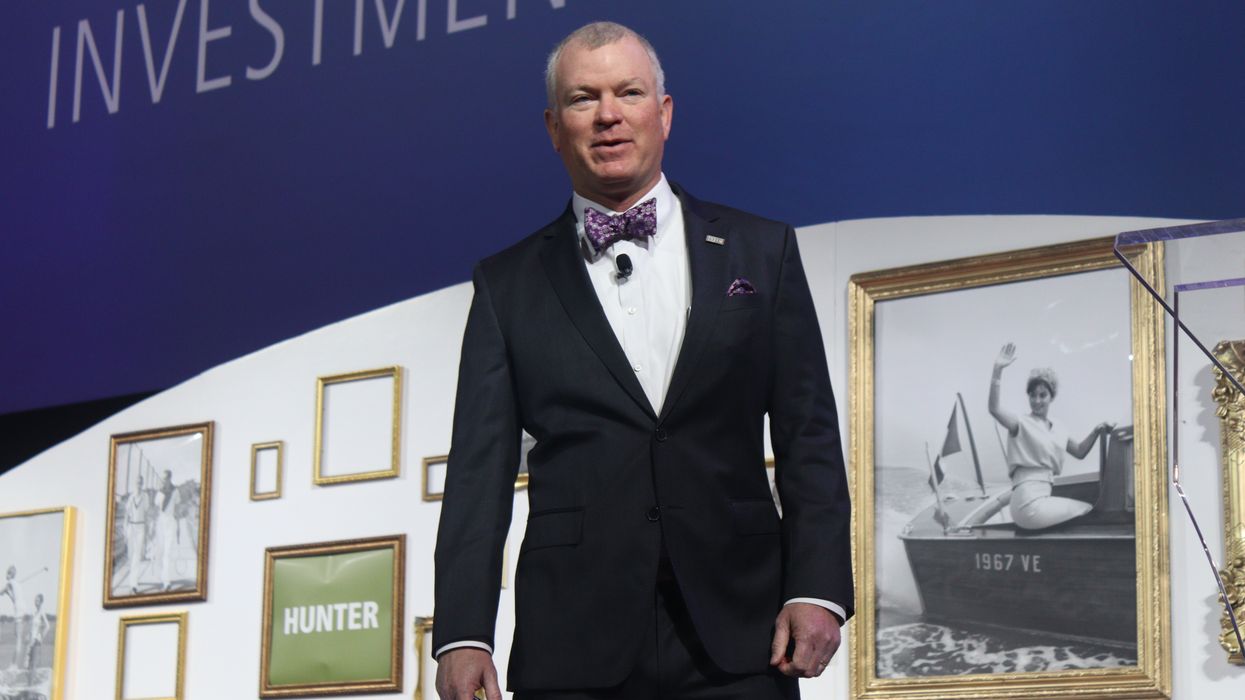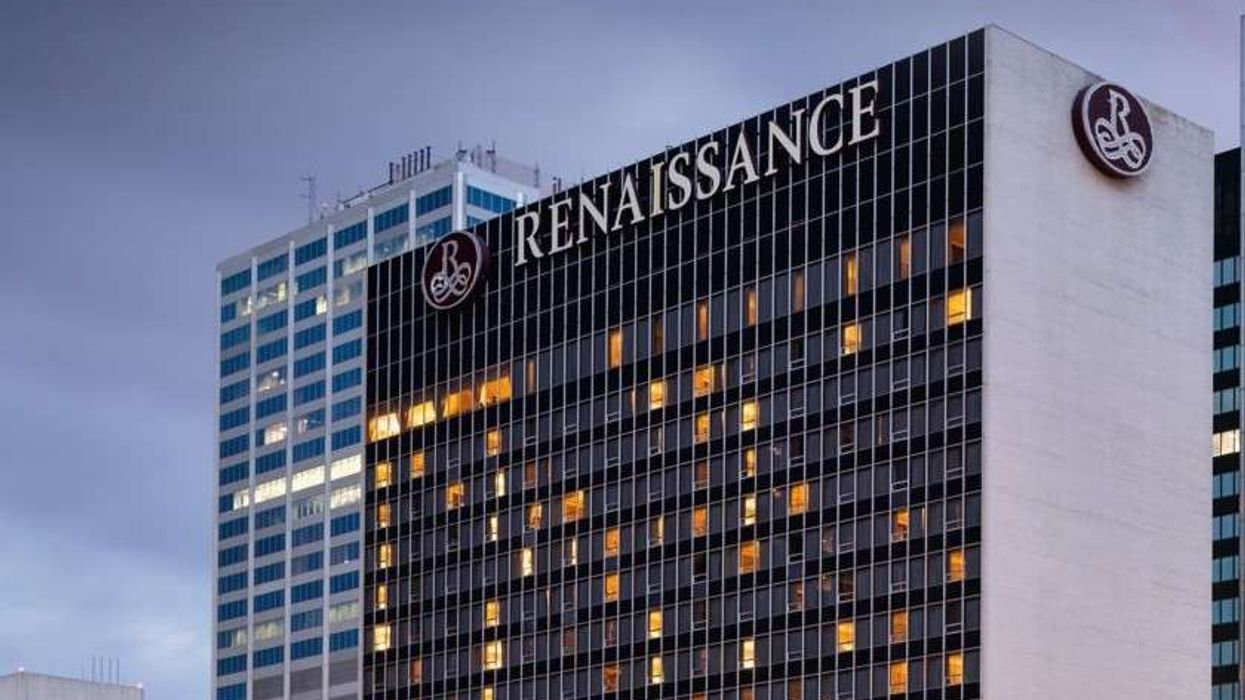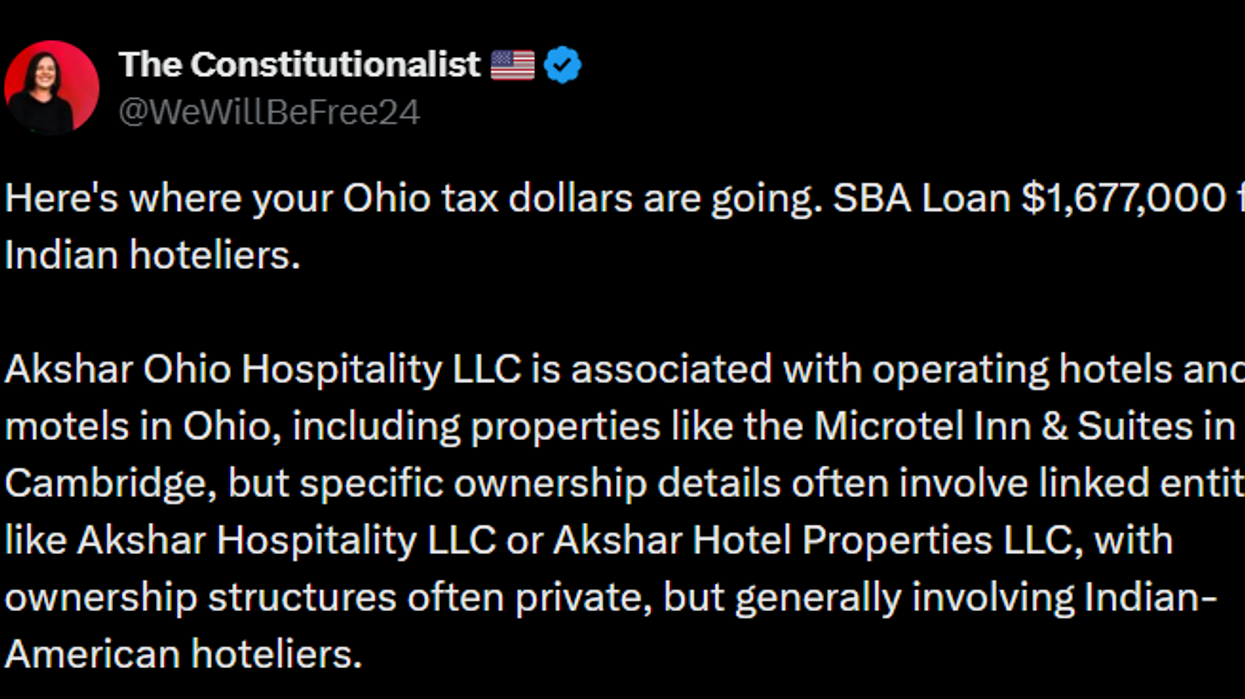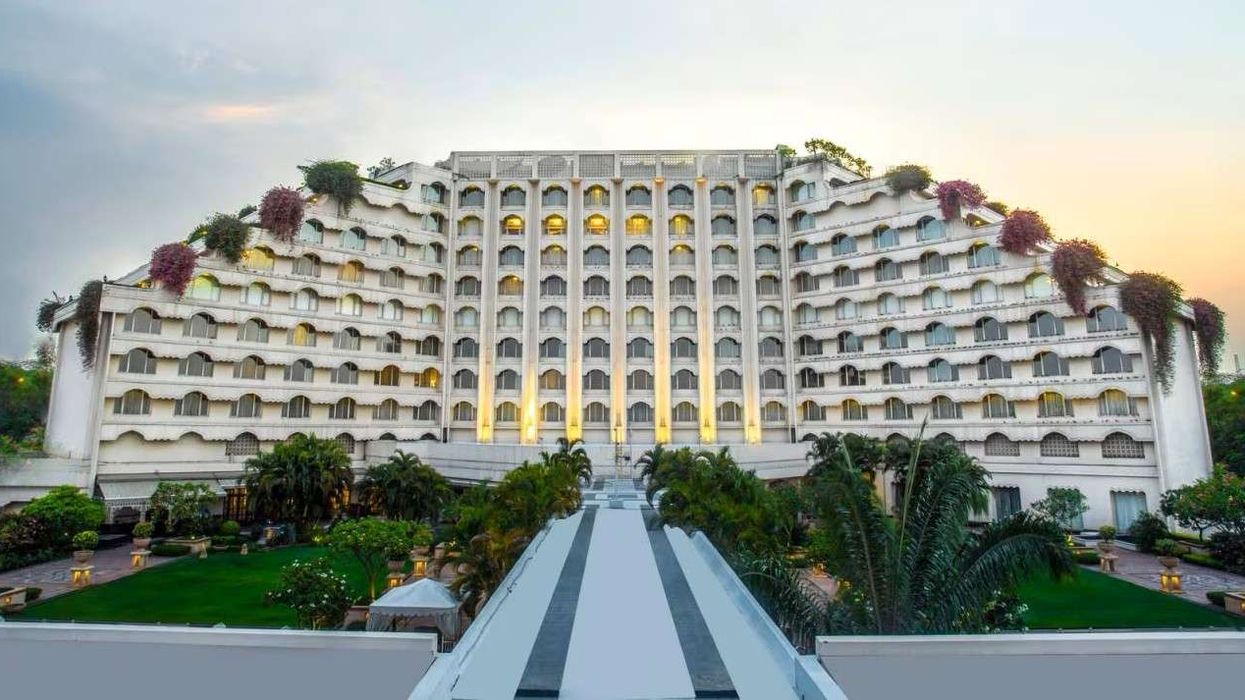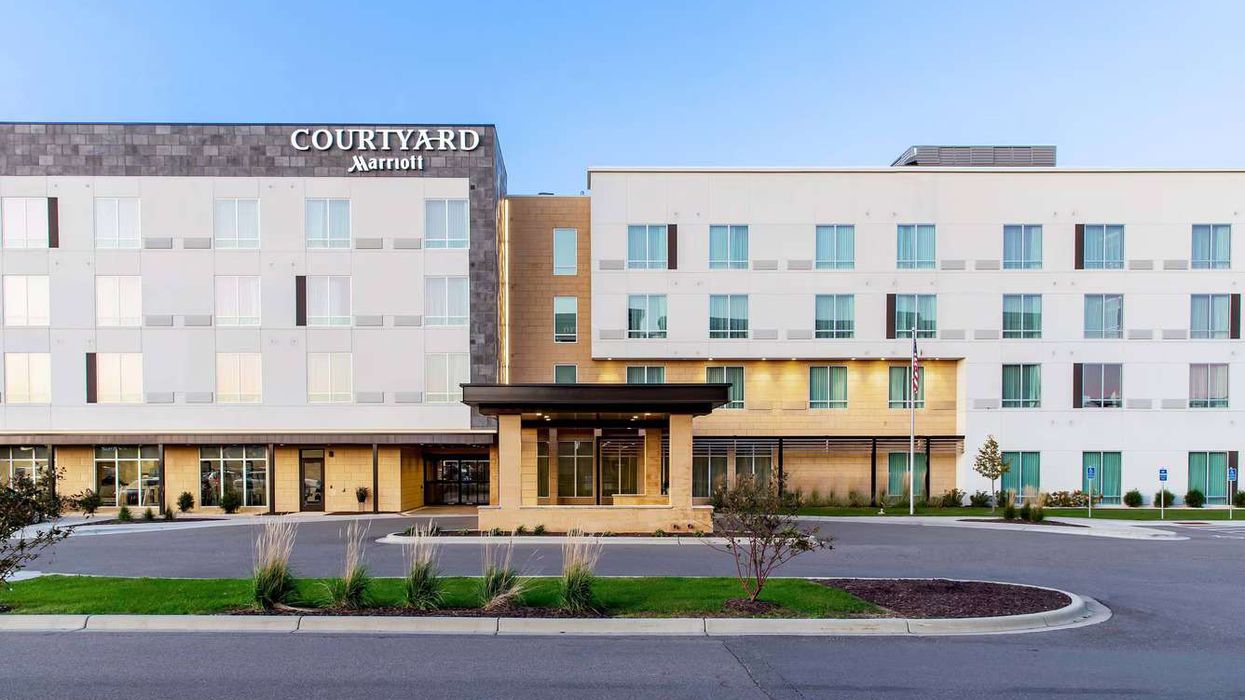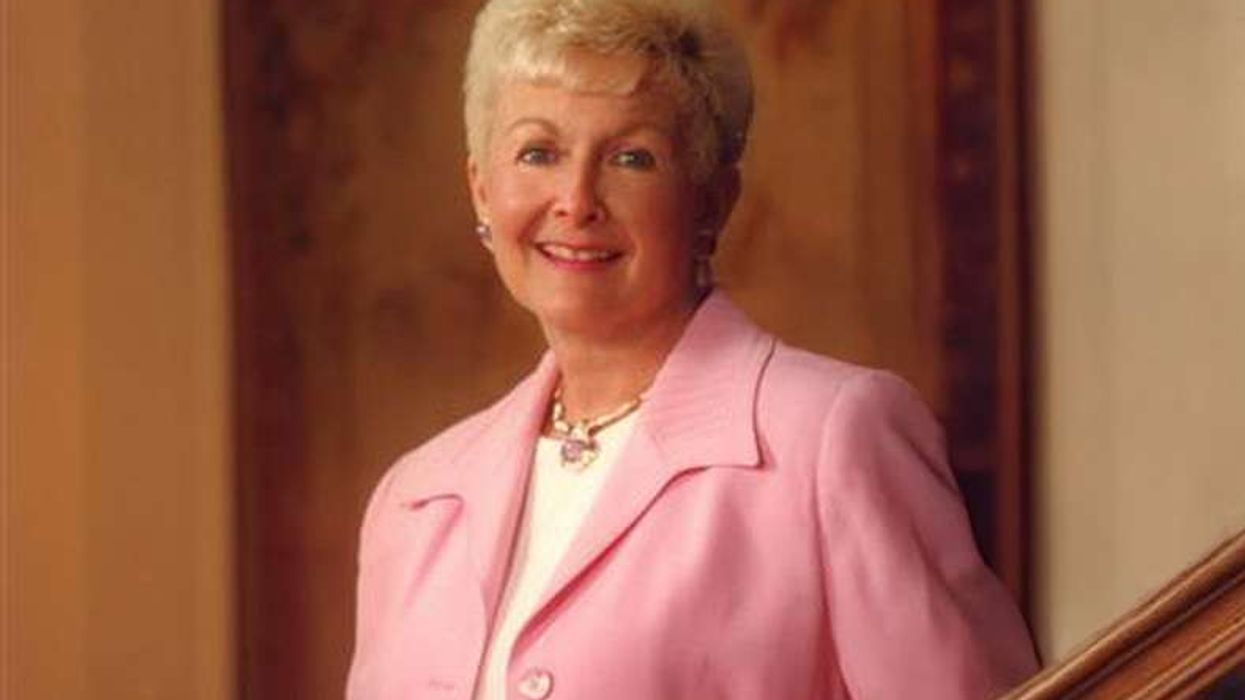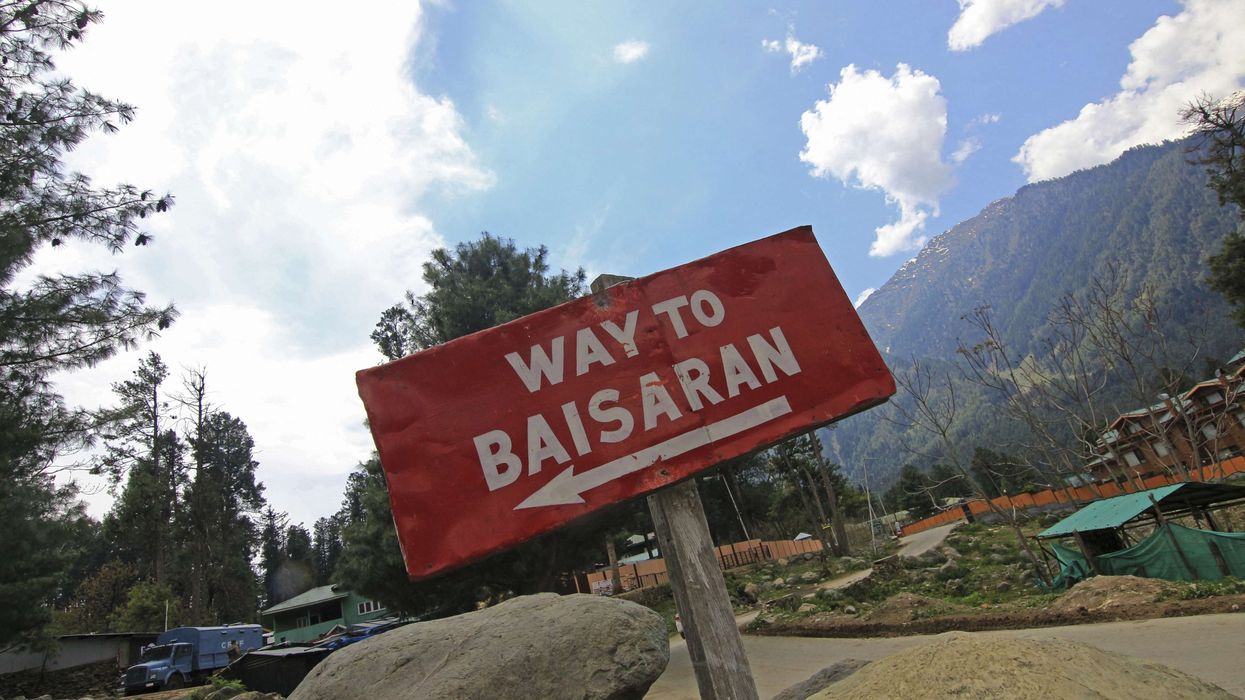Peachtree Wins EB-5 Approval for Bryce Canyon Hotel in 2025
PEACHTREE GROUP RECEIVED I-956F approval from U.S. Citizenship and Immigration Services, the agency that oversees the EB-5 Immigrant Investor Program, for the under-construction SpringHill Suites by Marriott in Bryce Canyon, Utah. The I-956F approval marks a key step in Peachtree’s efforts to facilitate EB-5 investment, aimed at promoting U.S. economic growth and job creation.
This is the company’s third hotel development to receive I-956F approval, following approvals for the Home2 Suites by Hilton in Boone, North Carolina, and the TownePlace Suites by Marriott in Palmdale, California, Peachtree said in a statement.
“Securing USCIS approval for this project marks an important milestone,” said Adam Greene, Peachtree’s executive vice president, EB-5. “It underscores our ongoing focus on structuring and originating capital for high-quality developments that drive economic impact and long-term value for investors and communities.”
Atlanta-based Peachtree is led by CEO and Managing Principal Greg Friedman, Managing Principal and CFO Jatin Desai, and Principal Mitul Patel.
Peachtree originated $16.95 million in floating-rate construction financing over a three-year term for the 127-room SpringHill Suites near Bryce Canyon National Park, which draws more than 2 million visitors annually for its unique geological formations, the statement said. The hotel is slated for completion by mid-2025.
“With strong travel demand, limited new supply, and favorable market tailwinds, well-located new developments are positioned to outperform their competitive set,” said Greene. “Construction is underway, reducing project risk, and the firm has retained an equity stake aligned with our EB-5 investors—reinforcing our commitment and tying our success to theirs.”
Peachtree launched its EB-5 program in 2023 as a key financing tool for job-creating projects nationwide. The firm remains committed to offering high-quality investment and development opportunities through its growing EB-5 portfolio.
The EB-5 visa program allows foreign investors to apply for a green card by investing in a new U.S. commercial enterprise that creates jobs. A minimum investment of $800,000 in a project that generates or preserves at least 10 full-time U.S. jobs qualifies investors for permanent residency.
Peachtree recently opened the 87-suite TownePlace Suites Forney in Forney, Texas.
